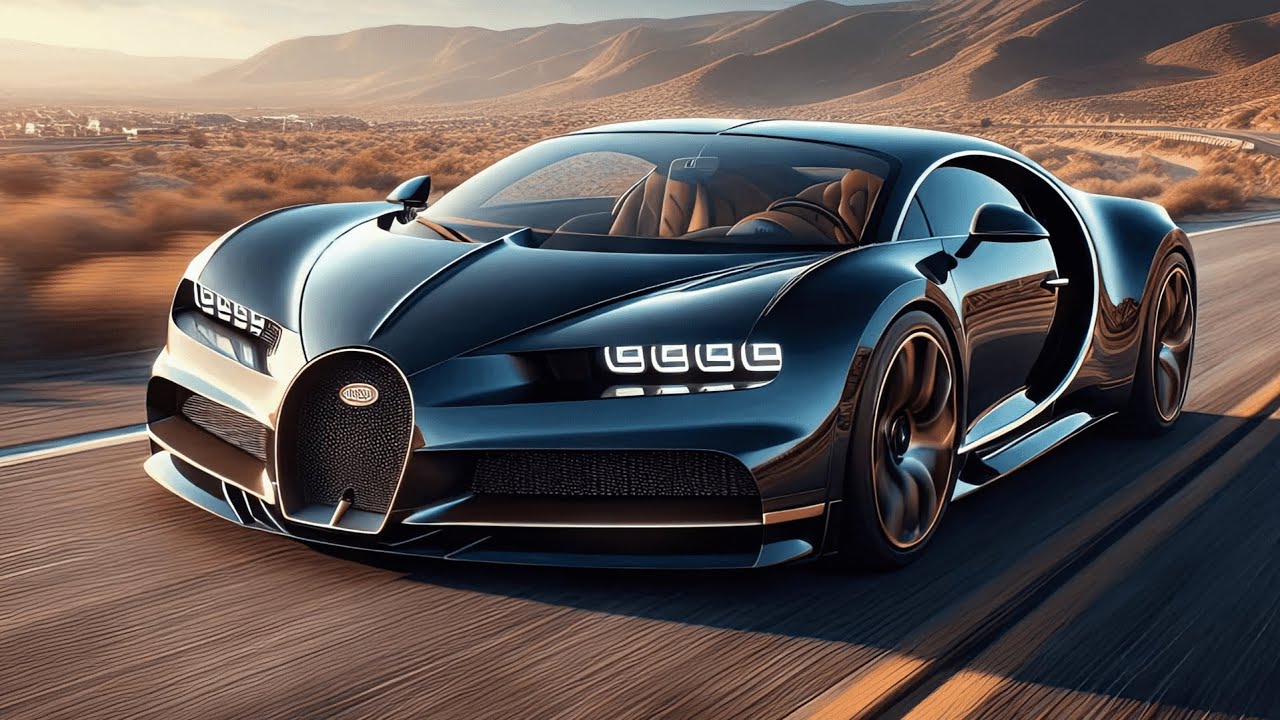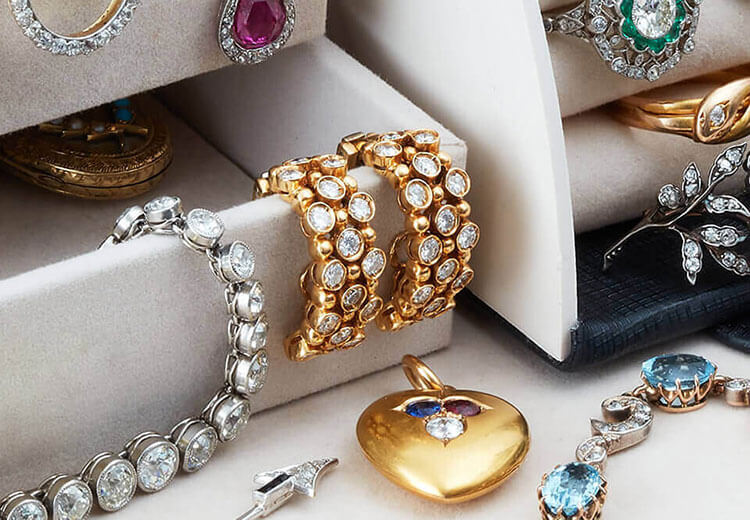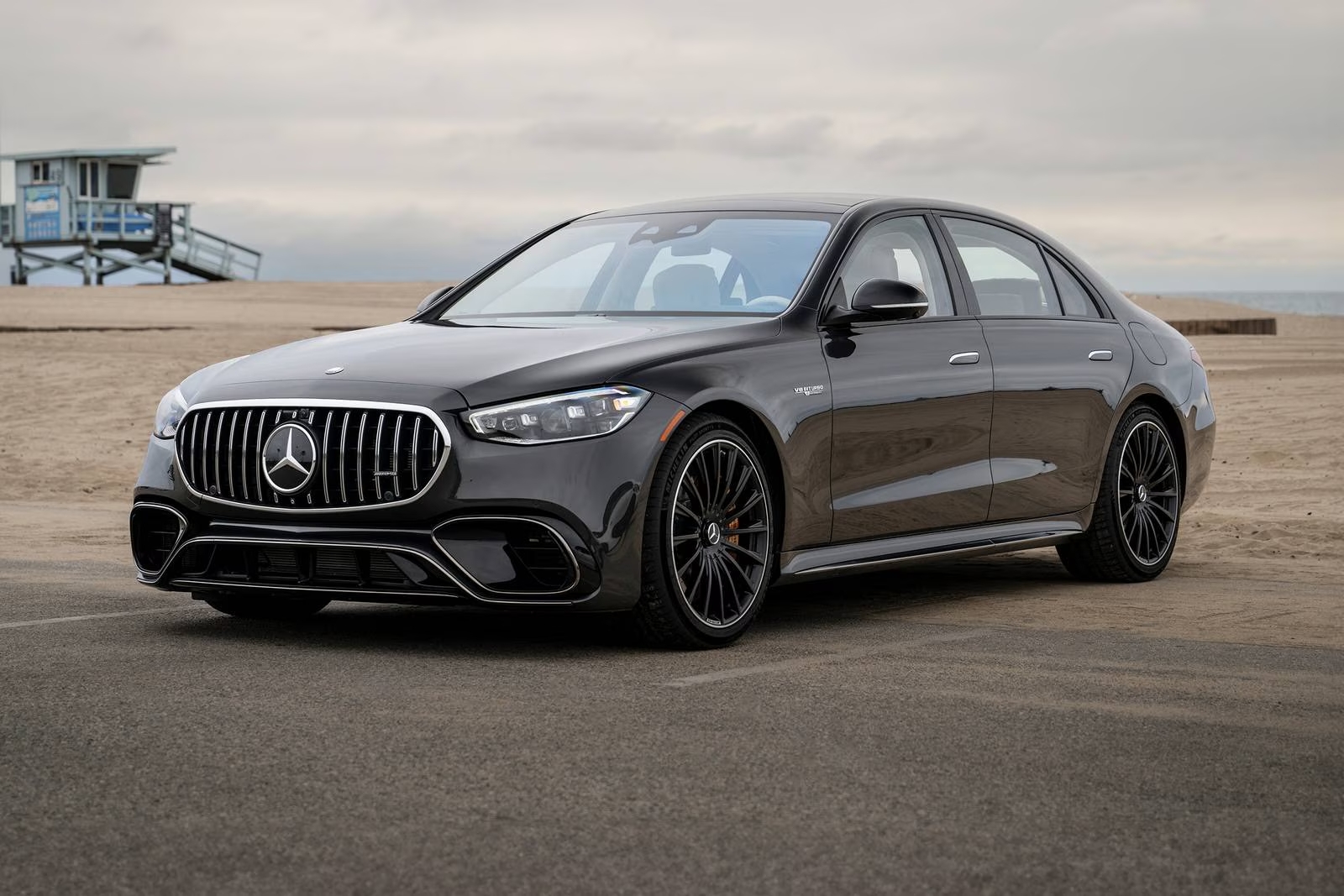The Bugatti Chiron represents the pinnacle of automotive engineering—a vehicle that transcends traditional supercars to enter the rarified realm of hypercars. As Bugatti’s magnum opus, the Chiron embodies the perfect fusion of artistic design, extraordinary performance, and technical innovation. Despite the automotive world’s dramatic shift toward electrification, the Chiron’s quad-turbocharged W16 engine remains a mechanical masterpiece worthy of detailed exploration. This comprehensive guide examines everything a discerning enthusiast should know about this extraordinary machine.
Historical Context
The Chiron bears the name of Louis Chiron, Bugatti’s most successful racing driver during the company’s pre-war golden era. Unveiled at the 2016 Geneva Motor Show, the vehicle was tasked with an extraordinary challenge: succeeding the revolutionary Veyron, which had redefined performance car benchmarks for over a decade.
Where the Veyron broke new ground, the Chiron perfected the formula. The design brief was clear: create the fastest, most luxurious, and most exclusive production car in automotive history—a vehicle that would serve as the ultimate expression of automotive capability while remaining eminently usable.
Engineering Masterpiece: The 8.0L W16 Engine
At the heart of the Chiron lies an engineering marvel that defies conventional automotive logic: the 8.0-liter quad-turbocharged W16 engine. This powertrain represents one of the most complex production car engines ever created:
- Configuration: 16 cylinders arranged in a “W” formation (essentially two narrow-angle VR8 engines joined at the crankshaft)
- Displacement: 7,993cc
- Turbocharging: Four sequential turbochargers (two-stage system)
- Power Output: 1,479 horsepower (base model), up to 1,578 horsepower (Super Sport)
- Torque: 1,180 lb-ft available from 2,000 to 6,000 rpm
- Cooling System: 10 radiators with 40 liters of coolant circulation
The engineering complexity extends to the turbocharging system. The Chiron employs a two-stage boost strategy where only two turbochargers function at lower RPMs, with the second pair engaging at around 3,800 RPM. This sequential arrangement virtually eliminates turbo lag while maintaining tremendous top-end power.
Each engine is hand-assembled by a single technician in Molsheim, France, requiring approximately six days of meticulous work. After assembly, every engine undergoes a rigorous 30-hour test procedure on specialized dynos.
Performance Metrics
The Chiron’s performance figures read like engineering fantasy:
- 0-60 mph: 2.3 seconds
- 0-124 mph: 6.1 seconds
- 0-186 mph: 13.6 seconds
- Top Speed: 261 mph (electronically limited); 304.77 mph (Chiron Super Sport 300+)
- Quarter Mile: 9.4 seconds
To contextualize these figures, the Chiron accelerates from 0-186 mph more quickly than many performance cars reach 60 mph. At full acceleration, the Chiron consumes 1,000 liters of air per second (equivalent to what a human breathes in four days) and can drain its 100-liter fuel tank in approximately 8 minutes at maximum speed.
Transmission and Drivetrain
Handling the W16’s tremendous output is a specially developed:
- 7-speed dual-clutch transmission with reinforced clutches and gear sets
- Permanent all-wheel-drive system with electronically controlled differential
- Haldex coupling capable of varying torque distribution between axles
- Carbon fiber driveshafts with specially developed CV joints
The transmission must manage tremendous heat and force—at full acceleration, the energy transferred through the drivetrain would power a small city block.
Chassis and Aerodynamics
The Chiron’s carbon fiber monocoque chassis achieves extraordinary torsional rigidity of 50,000 Nm/degree, enabling precise handling despite the car’s considerable 4,400-pound weight. Additional chassis highlights include:
- Suspension: Adaptive dampers with variable ride height (adjusts automatically based on speed)
- Brakes: Carbon-ceramic discs (420mm front, 400mm rear) with titanium pistons and special high-temperature pad compounds
- Aerodynamics: Active systems including adaptive rear wing with four positions:
- EB mode (standard setting)
- Autobahn mode (reduced drag)
- Handling mode (increased downforce)
- Top Speed mode (special key-activated setting for maximum velocity runs)
When the airbrake activates under heavy deceleration, it generates over 2,000 pounds of downforce, enhancing stability and braking performance.
Interior Craftsmanship
Beyond its mechanical supremacy, the Chiron offers an interior environment of unparalleled luxury:
- Cabin construction requires 16 square meters of premium leather
- Over 30 different materials used throughout the interior
- Each steering wheel milled from a solid aluminum block, wrapped in hand-stitched leather
- The longest continuous interior curve (the C-line) is milled from a single piece of aluminum, requiring 10 hours of machining
- Center console bridge milled from a solid block of aluminum, requiring 8 hours of continuous machining
Each interior is customized to its owner’s specifications, with approximately 23 standard leather colors and 31 stitching options—though Bugatti will match any color or material a client desires.
Limited Production and Variants
Bugatti committed to a strict production cap of 500 Chiron models across all variants:
- Chiron: The standard model (if one could call it standard)
- Chiron Sport: Lighter, sharper handling version with stiffer suspension
- Chiron Pur Sport: Track-focused variant with revised gearing, stiffer suspension, lightweight components
- Chiron Super Sport 300+: Record-breaking variant certified for 304.77 mph
- Chiron Super Sport: Refined version of the 300+ for customer delivery
As of early 2025, the final Chirons have been delivered, marking the end of an automotive era as Bugatti transitions toward its next chapter under Rimac’s technical leadership.
Ownership Experience
Beyond the vehicle itself, Chiron ownership includes:
- Maintenance: Annual service performed only by certified Bugatti technicians
- Telemetry: Constant vehicle monitoring via secured cellular connection to Molsheim headquarters
- Tires: Special Michelin Pilot Sport Cup 2 tires ($42,000 per set) that require replacement every 10,000 miles and remounting every 2,500 miles
- Factory Support: Flying doctors” program with technicians who travel globally to address issues
Price and Value Proposition
When new, the Chiron started at approximately $3 million, with most examples customized well beyond this figure. The most exclusive variants commanded significantly higher prices:
- Chiron Pur Sport: $3.6 million
- Chiron Super Sport: $3.9 million
- Limited editions (Divo, Centodieci): $5.8+ million
In the secondary market, Chirons have shown remarkable value stability, with pristine examples now frequently trading above their original retail prices. This appreciation reflects both the vehicle’s historical significance and the collector market’s recognition of the Chiron as marking the end of pure combustion-powered hypercars.
Fuel Consumption and Environmental Impact
While environmental considerations rarely factor in hypercar purchasing decisions, the Chiron’s consumption figures deserve mention for their extremity:
- Combined fuel efficiency: 7.0 mpg (33.6 L/100km)
- Urban consumption: 4.1 mpg (57.3 L/100km)
- CO2 emissions: 516 g/km
To provide context, the Chiron consumes approximately 1,000 times more fuel at full throttle than at idle. When driven at maximum speed, the car would empty its fuel tank in under eight minutes.
The Legacy and Future
The Chiron represents the culmination of traditional hypercar development—likely the last time an internal combustion engine will achieve such extremes without electrification. Its successor, currently under development with Rimac Automobili’s technical partnership, will reportedly integrate significant electrification while maintaining Bugatti’s commitment to extraordinary performance and luxury.
The Chiron’s status as the last pure-combustion Bugatti hypercar ensures its place in automotive history, alongside its significance as one of the final expressions of the hypercar art form unbound by environmental regulations or efficiency considerations.
For the fortunate 500 owners, the Chiron represents not merely transportation but a mechanical masterpiece—perhaps the most impressive integration of art, engineering, and performance ever created in a production automobile.




